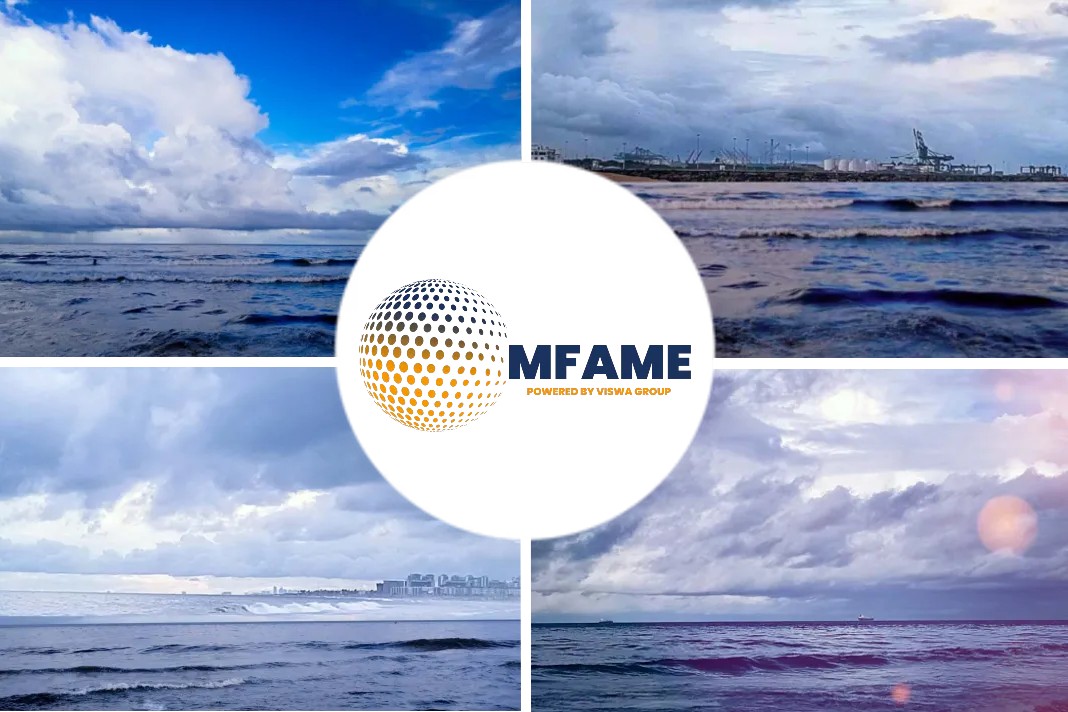- Idemitsu is planning to increase residual cracking capacity at Chiba and the company plans to continue 1% sulfur A-fuel oil supply.
- Idemitsu Kosan has also said it has been considering ways to cut residue production within its group refineries in Tokyo Bay.
- The company has a 40,000 b/d desulfurization unit and a 45,000 b/d residue fluid catalytic cracker at the Chiba refinery in Tokyo Bay.
- Toa Oil has a 27,000 b/d coker at the 70,000 b/d Keihin refinery and Fuji Oil also has a 33,000 b/d coker at its 143,000 b/d Sodegaura refinery.
According to an article published in Platts, Japan’s second-largest refiner, Idemitsu Kosan, will start supplying bunker fuel that complies with the IMO’s global sulfur limit for marine fuels from October.
Boost in residual processing capacity
Idemitsu Kosan, which has released its plan to boost its residual processing capacity at its 190,000 b/d Chiba refinery, said it is making a shift to produce IMO-compliant fuels, in a written response to S&P Global Platts during the 35th annual Asia Pacific Petroleum Conference in Singapore.
With the company expecting to have surplus high sulfur fuel oil due to the IMO 2020 rule, Idemitsu Kosan is taking measures including increasing the residual cracking capacity at Chiba, it said in the statement.
“We are making a shift towards producing the compliant fuel by reducing surplus high sulfur fuel oil as part of our regulatory response,“ Idemitsu said.
Japanese refiners burdened
Research conducted by the Petroleum Association of Japan showed that Japanese refiners could be burdened with surplus HSFO amounting to around 4.80 million kl/year (30.19 million barrels/year) if they blend export-grade Gasoil with HSFO to make the IMO-compliant fuel.
The IMO cap will limit the global sulfur content in marine fuels to 0.5% from January 1 next year, down from 3.5% currently.
This applies outside the designated emission control areas where the limit is already 0.1%.
Shipowners will have to either burn cleaner, more expensive fuels or install scrubber units for burning HSFO to comply with the rule.
Keeping 1% sulfur A-fuel oil supply
Meanwhile, Japanese refiner Cosmo Oil has said it will halt the supply of 1.0% sulfur A-fuel oil in the domestic rack and waterborne markets when it starts to supply IMO-compliant bunker fuel.
A-fuel oil — a blend of gasoil and fuel oil in a 90:10 ratio — is one of the key products supplied by Japanese refiners used by industrial plants, coastal vessels as well as construction and agricultural machinery in the country.
Market sources attributed Cosmo’s move to difficulties facing a lack of storage facilities for A-fuel oils with different sulfur content — 0.1%, 1.0%, and 0.5%.
Idemitsu Kosan, however, said in its statement that it will “continue 1% sulfur A-fuel oil supply.”
Idemitsu Kosan
Idemitsu Kosan has also said it has been considering ways to cut residue production within its group refineries in Tokyo Bay.
Idemitsu Kosan has a 40,000 b/d desulfurization unit and a 45,000 b/d residue fluid catalytic cracker at the Chiba refinery in Tokyo Bay, and Toa Oil has a 27,000 b/d coker at the 70,000 b/d Keihin refinery. Fuji Oil, in which Idemitsu Kosan owns a 6.57% stake, also has a 33,000 b/d coker at its 143,000 b/d Sodegaura refinery.
Stage set for IMO 2020
The industry has made significant progress in terms of advancing preparations for the IMO 2020 rule, some participants at APPEC said.
Refineries in Asia and globally are offering more clarity about the availability of low sulfur bunker fuels as 2020 approaches, while shipowners are forging ahead with their ship implementation plans after having made their fuel choice, they said.
Partnership with oil majors
Some shipowners have partnered with oil majors on an exclusive basis for LSFO, while some have entered into short-term contracts for marine gasoil to tide them over the initial transition period post-2020, and others are installing scrubbers to burn HSFO, they added.
Meanwhile, joint industry guidance, released recently, has also helped to provide more clarity on the supply and use of 0.5% sulfur marine fuels, they said.
The guidance provides details around specific safety and operational issues relating to the supply and use of 0.5% sulfur fuels, an overview of fuel quality principles, and the controls that should be put in place to ensure that safety issues are identified, prevented and/or mitigated.
Did you subscribe to our daily newsletter?
It’s Free! Click here to Subscribe!
Source: Platts
















